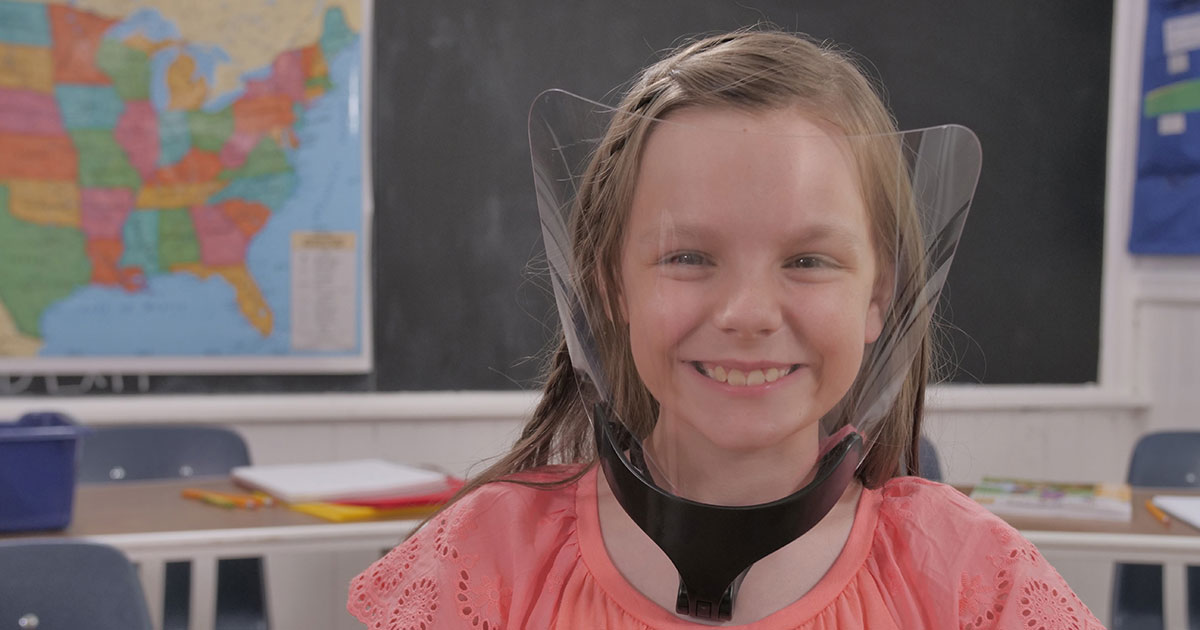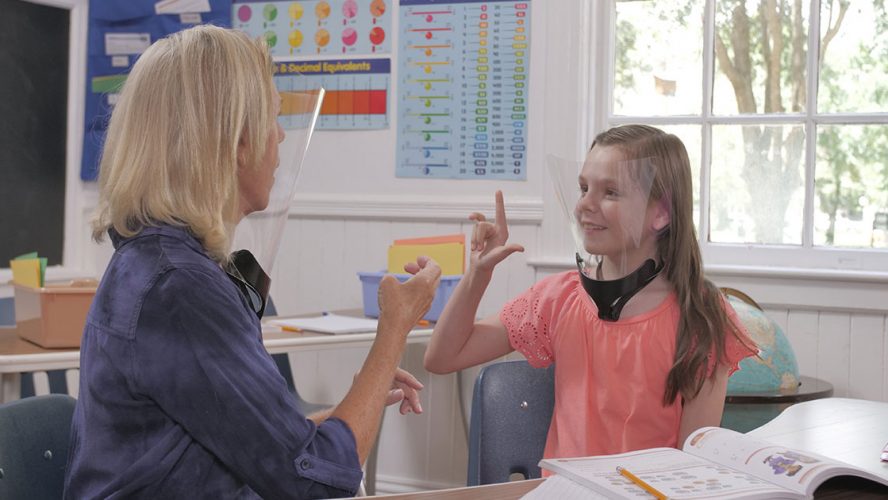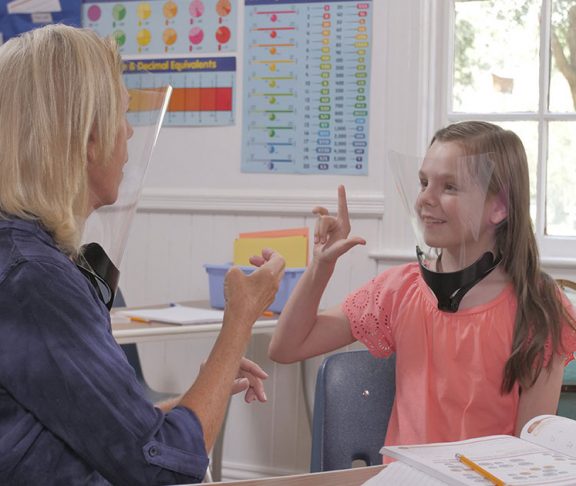As the global COVID-19 pandemic continues, the current challenge facing parents, teachers, and school administrators is whether schools should reopen — and if they can do so safely. On the one hand, there’s concern that keeping schools closed will hurt the education and psychological prospects of millions of children while burdening families with extra costs for childcare. On the other, there’s the ominous finding by the American Academy of Pediatrics that more than 97,000 children tested positive in the last two weeks of July alone.
“I don’t envy the position of any of these administrators and teachers,” says John Carrington, founder and CEO of ZVerse, a 3D software and printing company that began producing face shields and other personal protective equipment (PPE) in response to the COVID-19 pandemic. “There simply is no one-size-fits-all solution.”
Fundamental steps
For schools that decide to reopen, the key is to provide staff and students with the right procedures and equipment. This can include agile furniture that can be moved and repositioned easily to create flexible, socially-distanced seating, plexiglass barriers between students, guidelines for hand-washing and other hygiene, and, of course, face masks.
While masks have been shown to be effective in reducing the risk of spreading disease, they present special challenges in the classroom environment. “There’s such a diverse group within a school system, with so many different individual needs,” Carrington points out. “For instance, children that have learning or hearing disabilities, or children for whom English is a second language. Teachers need to be able to communicate clearly — the children need to be able to see their face. We are dealing with a biological problem, but we’re also dealing with a psychological problem. There’s a concern that some of these kids may become alienated.”
Face shields
ZVerse began making the ZShield in order to provide one more tool for schools if they do decide to reopen. It’s part of the company’s efforts to be part of the solution to the pandemic response. “Our team has been working around the clock — averaging 16 hours a day just trying to respond,” Carrington says.

Face shields offer an additional barrier of protection from droplets in the air. A recent study demonstrated that face shields reduce viral exposure by 96 percent when used properly. “Protecting the eyes with a face shield in addition to a mask or face covering is most effective,” says registered school nurse Robin Cogan.
Face shields also improve communication. “We use ZShields in the office,” says Lou Kennedy, president and CEO of Nephron Pharmaceuticals Corporation. “I’ve given them to the entire management team, so when they’re doing a team huddle and meeting at the beginning and end of the shift, it’s so much better for communication.” Kennedy sees an additional advantage for both teachers and office workers. “They’re easily cleanable,” she notes. “You don’t have to remember to take them home and put them in your laundry.”
Carrington says that the response to the ZShield in schools has been overwhelmingly positive. As schools decide whether to bring students back into physical classrooms, having the flexibility of multiple protective barriers is crucial, and Carrington’s proud to be part of the solution. “It’s kind of a defining moment for our country and our world, and it requires innovation and creativity,” he says. “We all felt an emotional response, and we appreciate that we were able to do something to help.”


